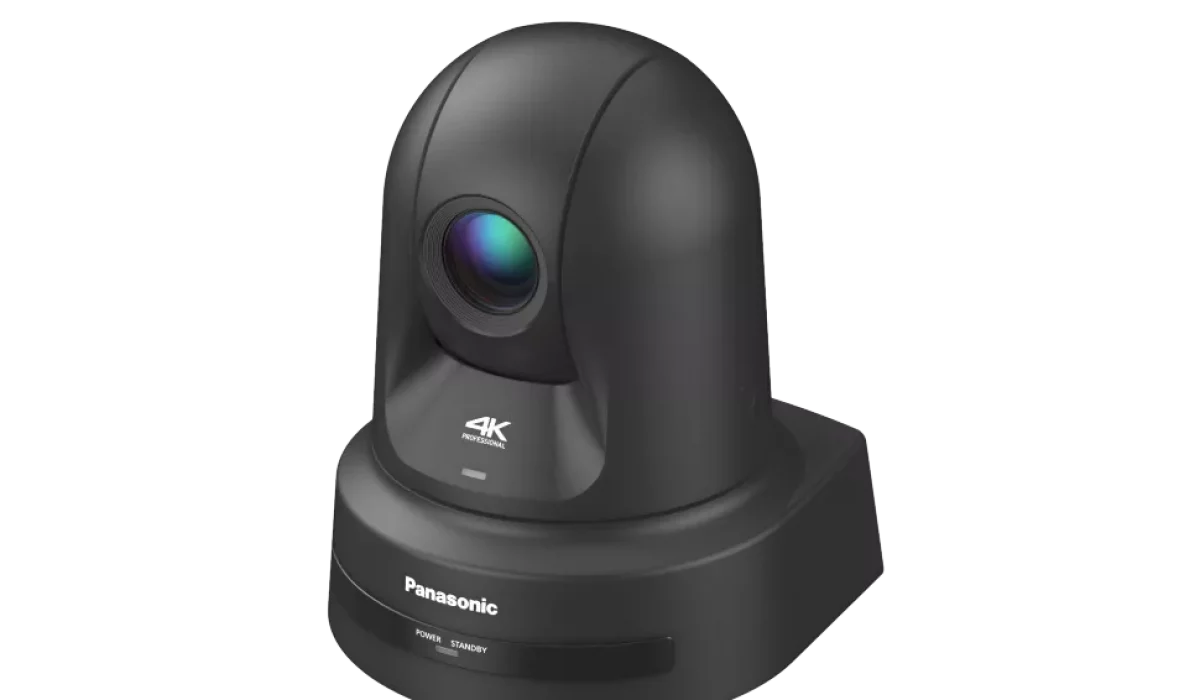Versatility and advanced features drive the growing use of compact cameras.
When you mention PTZ cameras, many people have an outdated image of a static camera with grainy picture quality, leaving users frustrated from the hassle and time it takes to operate. However, with recent enhancement of sensors, feature sets, lenses, and image processors, PTZ cameras have advanced to a place where they are now starting to be used in conjunction with professional-grade studio cameras—and you might be hard-pressed to notice the difference.
“It used to be that the PTZ was considered somewhat inferior in terms of picture quality,” admitted Jim Jensen, senior category manager, remote production systems for Panasonic. “But as of recent, they have really improved to the point that they are now being used in more demanding settings.”
With the improved picture quality and versatility of the product, many settings, including houses of worship, higher education facilities, and corporate meeting rooms, are turning to the some of the latest PTZ cameras to help produce high-quality steaming of their events and enable internal teams to meet and collaborate virtually with ease.

